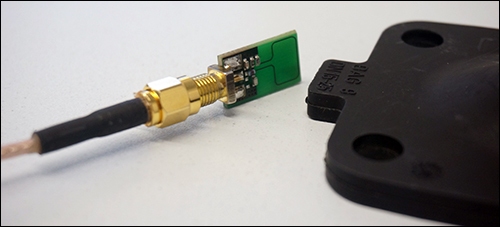RFID technology has already reached the mass market in many industries and is widely used. Components made of elastomer, on the other hand, are generally still tracked using traditional methods, especially via paper documents or by means of bar codes. One hundred percent transparency at the unit level can only be achieved via RFID—a challenge that component manufacturers must meet head-on.

It is becoming increasingly important for companies to be able to scrutinize their entire supply chain. On the one hand, this is due to legal requirements; on the other hand, for economic and ecological reasons, companies require a clear overview of what happens at each position in the production process, in order to be able to respond as quickly as possible. In addition, social responsibility is gaining increasing public attention. Transparency and verification of a flawless production and supply chain strengthen a brand.
Recalls of faulty or vulnerable components are unavoidable. At the same time, however, it is especially important to be able to assign a defective part to a particular batch in order to rework or dispose of only those goods that are affected. To a large extent, this applies in the technical area of parts from suppliers, and especially for any functionally critical applications—for example, in the health-care sector, in which defective or contaminated components for patients can mean the difference between life and death.

Tracking elastomer components has previously been conducted for the most part at the container level, with bar codes or, in part, still with pen and paper. This makes it impossible for companies to fully map the required 100 percent traceability of elastomer components, and a satisfactory solution to this problem has not yet been industrialized. That could now change, via the process of embedding RFID tags at the component level.
Enabling Individual Traceability of Components
RFID technology has long since matured and has reached the mass market. According to IDTechEx Research, 17.5 billion RFID tags were sold worldwide in 2018. Embedding RFID tags in elastomer components poses a challenge, however. If they are labeled, they could be damaged or lost, but there is a simple solution to this problem: passive RFID tags that are integrated into the elastomer components themselves. Various procedures ensure that the miniaturized RFID tags are placed undamaged and precisely in the elastomer components.

